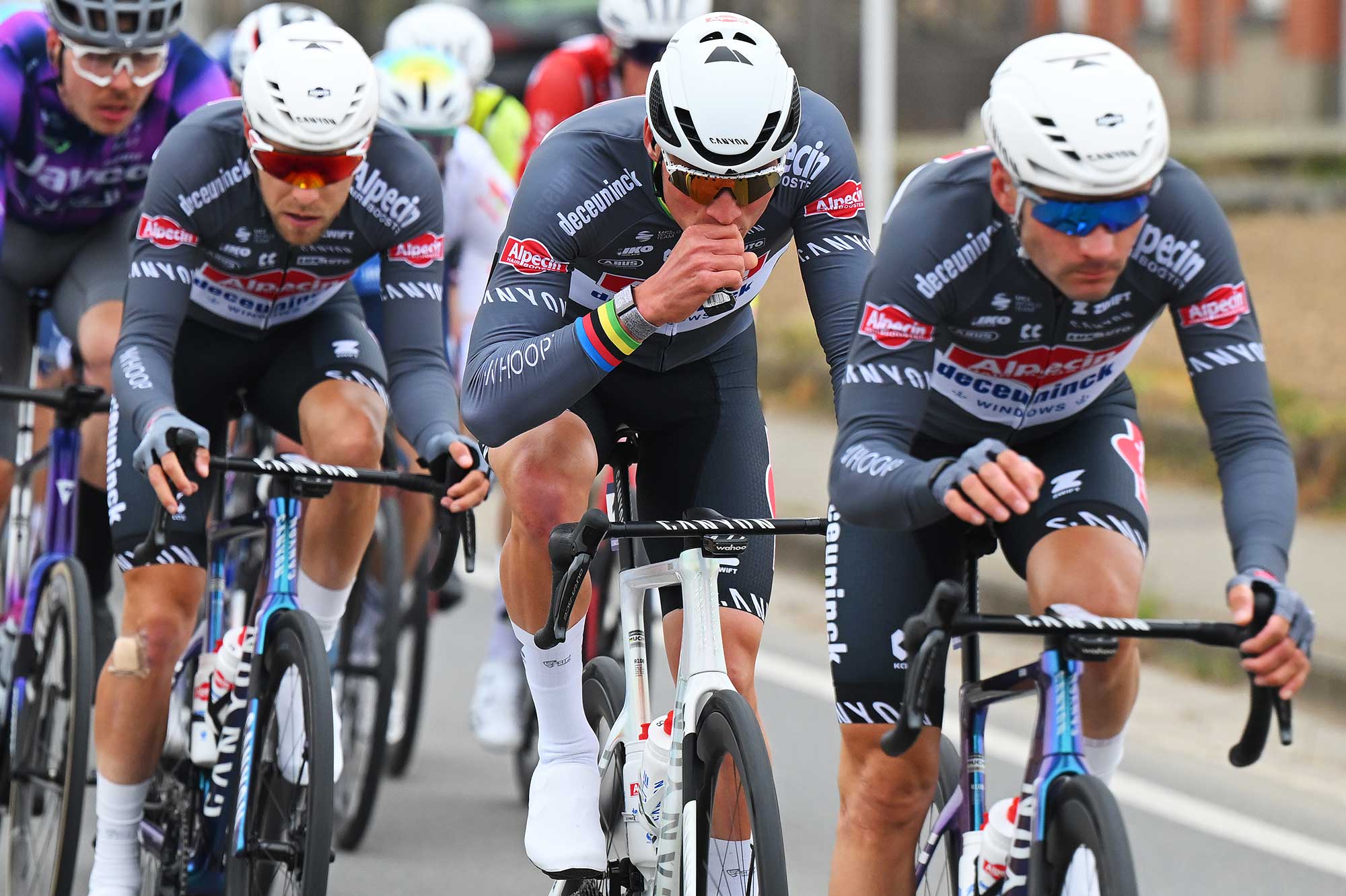
"A new test developed by WorldTour nutritionists quantifies the rate of exogenous carbohydrate oxidation, allowing athletes to understand their carbohydrate needs during exercise."
"Pro cyclists are now consuming carb intakes that exceed traditional limits, leading to the need for this new understanding of carbohydrate oxidation."
"While carbohydrates are vital for performance, excessive intake can cause gastrointestinal distress, indicating the importance of knowing individual carb oxidation rates."
"Recent research suggests that through multiple transporters such as SGLT1 and GLUT5, athletes may increase their carbohydrate intake during exercise beyond previously accepted limits."
A new test by WorldTour nutritionists aims to revolutionize athletic performance by measuring exogenous carbohydrate oxidation rates. This test addresses increasing carbohydrate consumption among athletes while highlighting the risks of excessive intake, such as gastrointestinal distress. Historical research established a ceiling for carbohydrate intake during exercise, originally set at 60 grams per hour, which later evolved to 90 grams with the introduction of multiple carbohydrate transporters. Ongoing studies continue to explore the limits of carbohydrate oxidation for improved sports performance.
Read at Cyclingnews
Unable to calculate read time
Collection
[
|
...
]